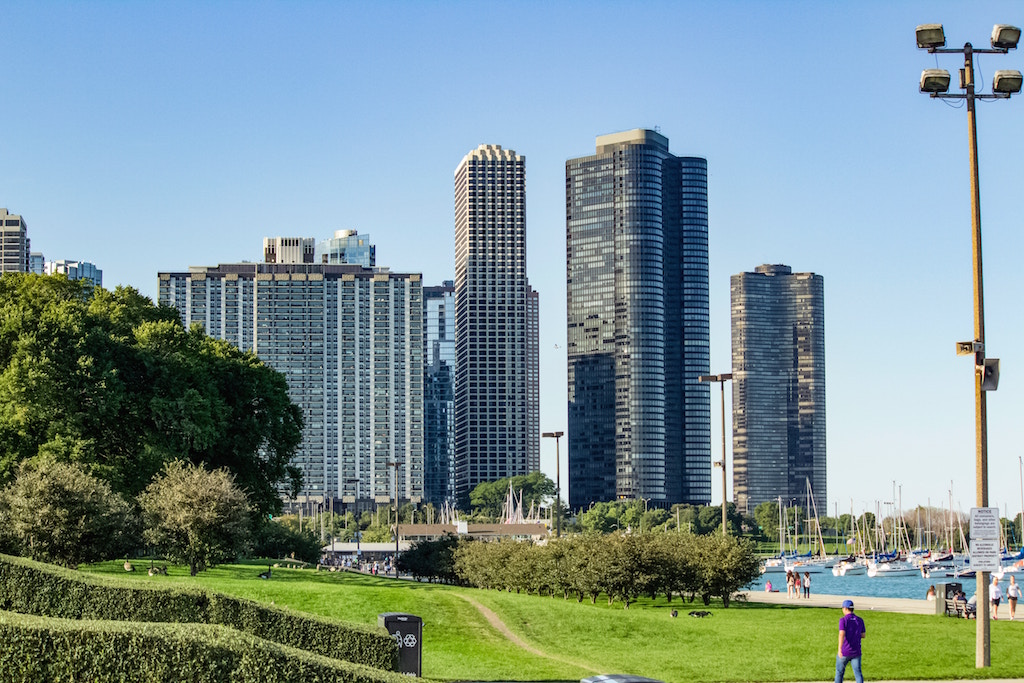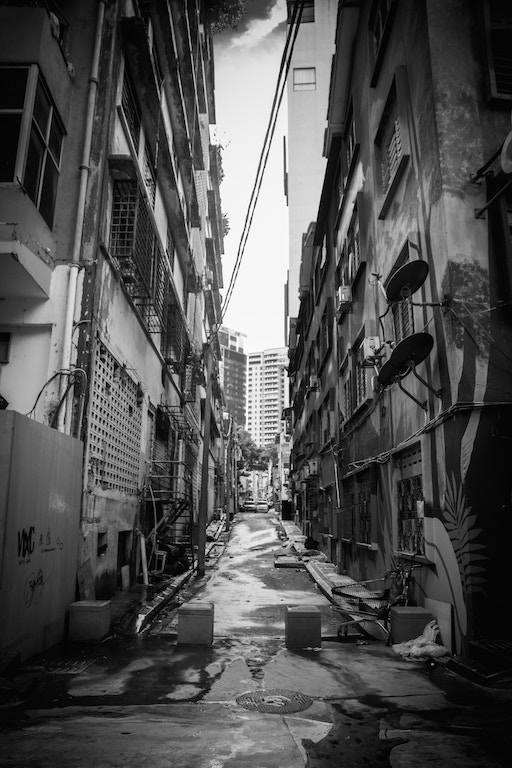Over the centuries, humans have been very successful at creating their own environment. Look around you. Everything we touch is man-made. Everything we see is a figment of our own making. When we think of “design” we think of the art of creating our own reality.
Recent research shows that we should be getting back to nature in some way because our lifestyles aren’t exactly healthy for our brains. This is why things like forest bathing and wilderness retreats have become a new fad. We desperately want to regain that solitude, the quiet and remember where we come from.
Nature reduces stress, helps with anxiety and depression and generally calms us down. Why then, until not so long ago, did we build our cities to be concrete jungles? Did our belief that we are perfect rulers over nature start fading as science progressed?
Today, there are many designers and architects that are inviting nature back in, and working with her on designing spaces we can all enjoy.
Vertical Gardens
Let’s face it – part of the reason why it’s been so difficult to have as many parks and green spaces as we’d like is because we weren’t able to incorporate them into the actual structure of our buildings. They had to be separate spaces, preferably fenced in, so the pesky greenery wouldn’t have a chance of escaping.
A lot of buildings are getting either a revamp, or are being built with vertical gardens in mind. This new trend is getting some big money behind it, as can be seen in the Mile High Gardening Conference – Sheraton built a gigantic vertical garden to welcome the attendees.
There are some amazing examples of vertical gardens popping up all over the world. Singapore is a city-state that has captured this perfectly. They are ideally situated for green urban design because of their limited space: they have to get creative. While they have a lot of examples to cite, their Tree House has some of the largest vertical gardens in the world right now. They cover over 2200 square meters!
A close contender was Australia’s One Central Park, which is comprised of 23 different vertical gardens. It covers only about half of what Singapore built!
Balcony Urban Garden
Balconies are becoming spots for us, city dwellers, to relax and to get in touch with our green thumb. All kinds of gardeners tackle the balcony garden project, and there are as many solutions as there are gardeners.
There are the minimalists that keep a few stylish plants only. And come late spring, you can get away with a lot. Palm trees and warm loving plants like figs, cacti, or Oleanders can bring a Mediterranean breeze to your balcony even if you live in a colder climate.
For the more ambitious gardener, balcony vegetable gardening is a great way to spend your time. It’s a bit more involved than just having a few petunias here and there, but if you play your cards right you can have a few runs of produce you can share with your friends. They will be impressed by your green skills.
You can get all the right tools of the trade, and start your seeds early like a professional, in a greenhouse. Yes, you can get a special balcony greenhouse that you can mount on your wall or even a balcony railing. Designs have come a long way, and with a little research, you can get your balcony gardening operation down to a science.
If you aren’t into urban farming but love lush foliage, you can cultivate easy to maintain but impressive climbing plants such as jasmine, bougainvillea, ivy or even hops. In fact, hops will cover your whole balcony by summertime, and you will be enjoying a cool, green forest with a cup of tea in no time.
The Future
The green revolution is only just beginning. There are projects in many urban areas that reclaim space and use it in order to be greener and more environmentally friendly. New buildings are being built with carbon offset methods, green roofs, vertical gardens, and common spaces that include amazing green foliage.
Maybe one day, people will look in horror at the photos of gray cityscapes, and wonder how we could subject ourselves to such an environment?




















